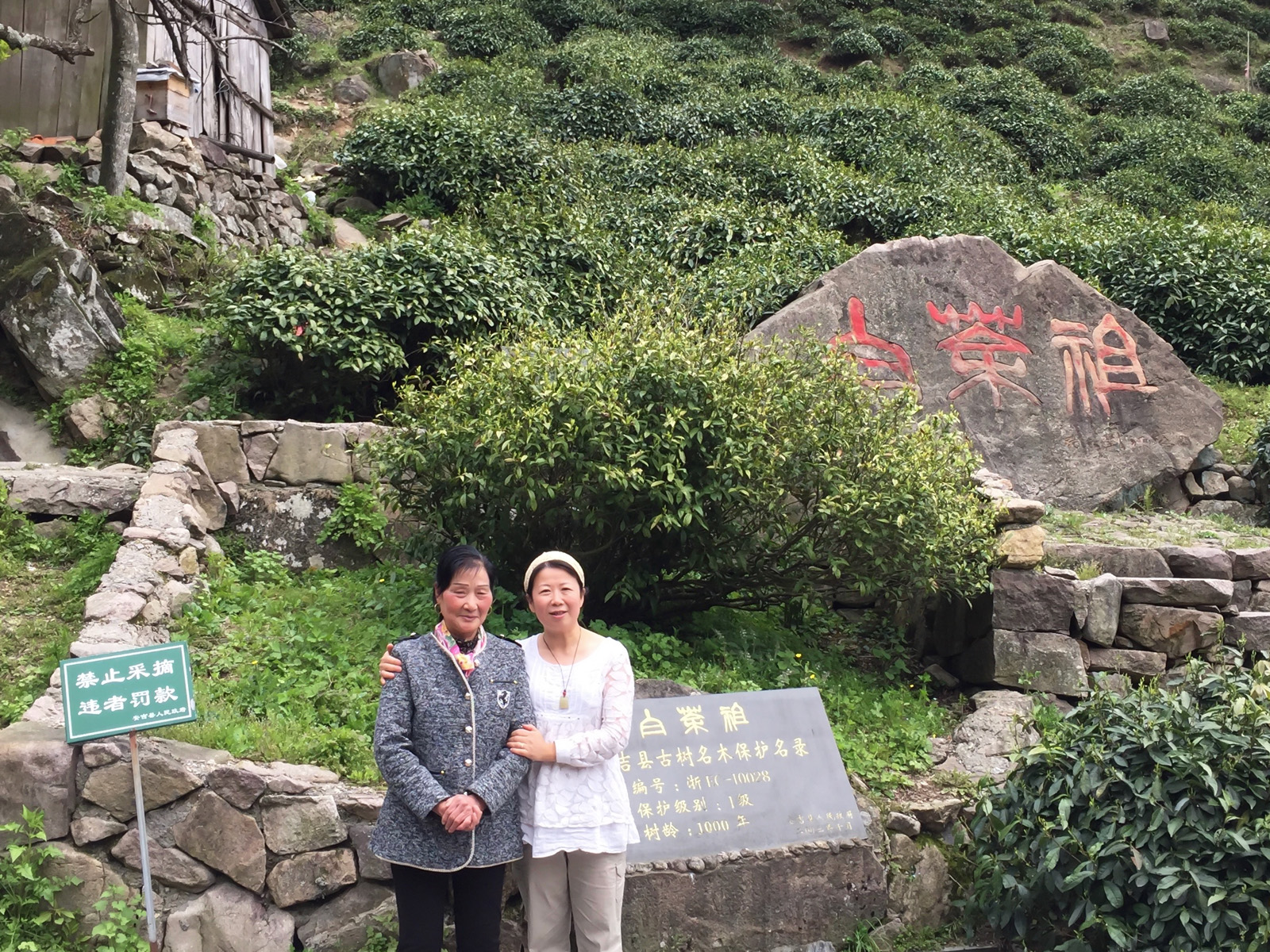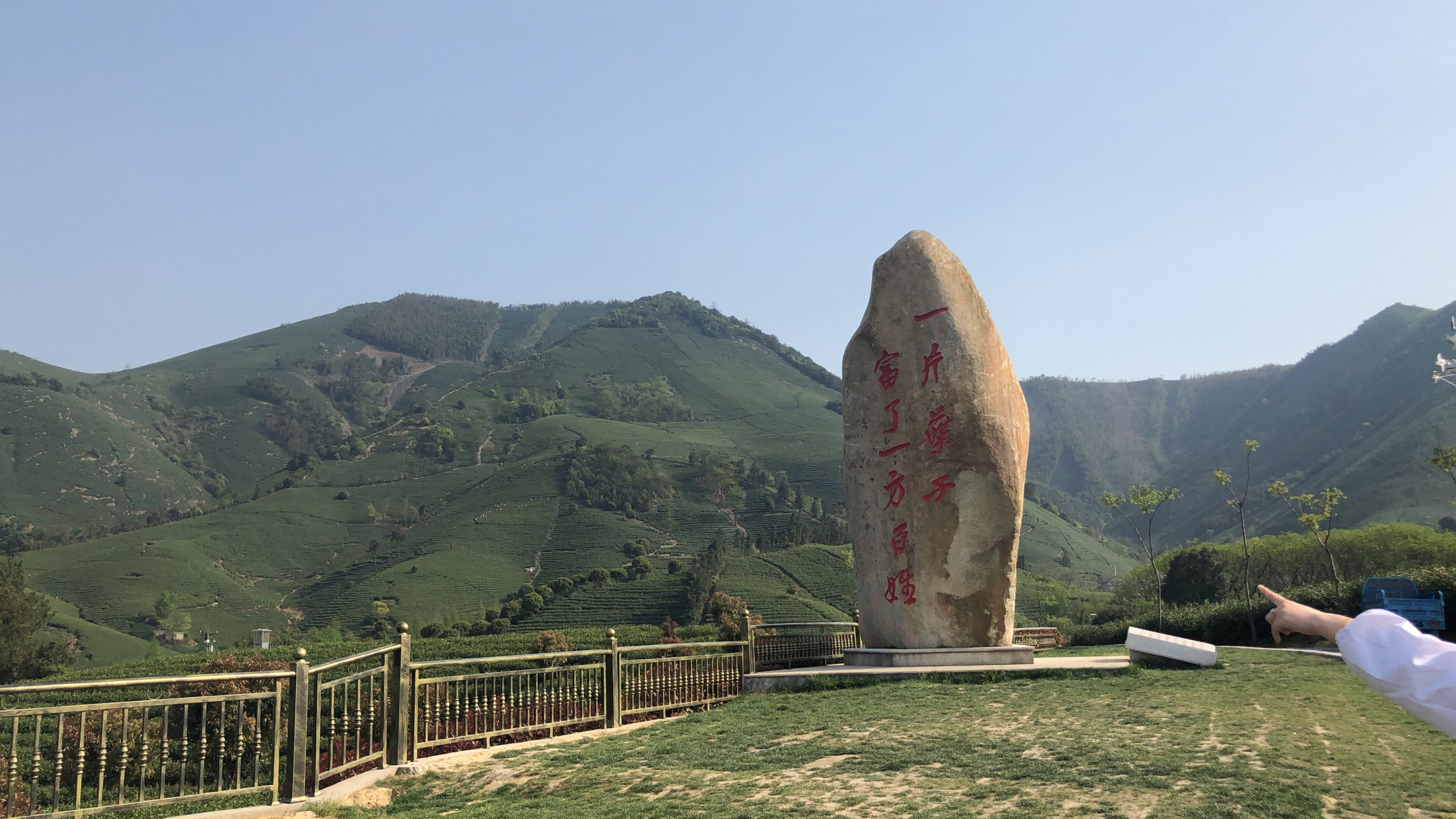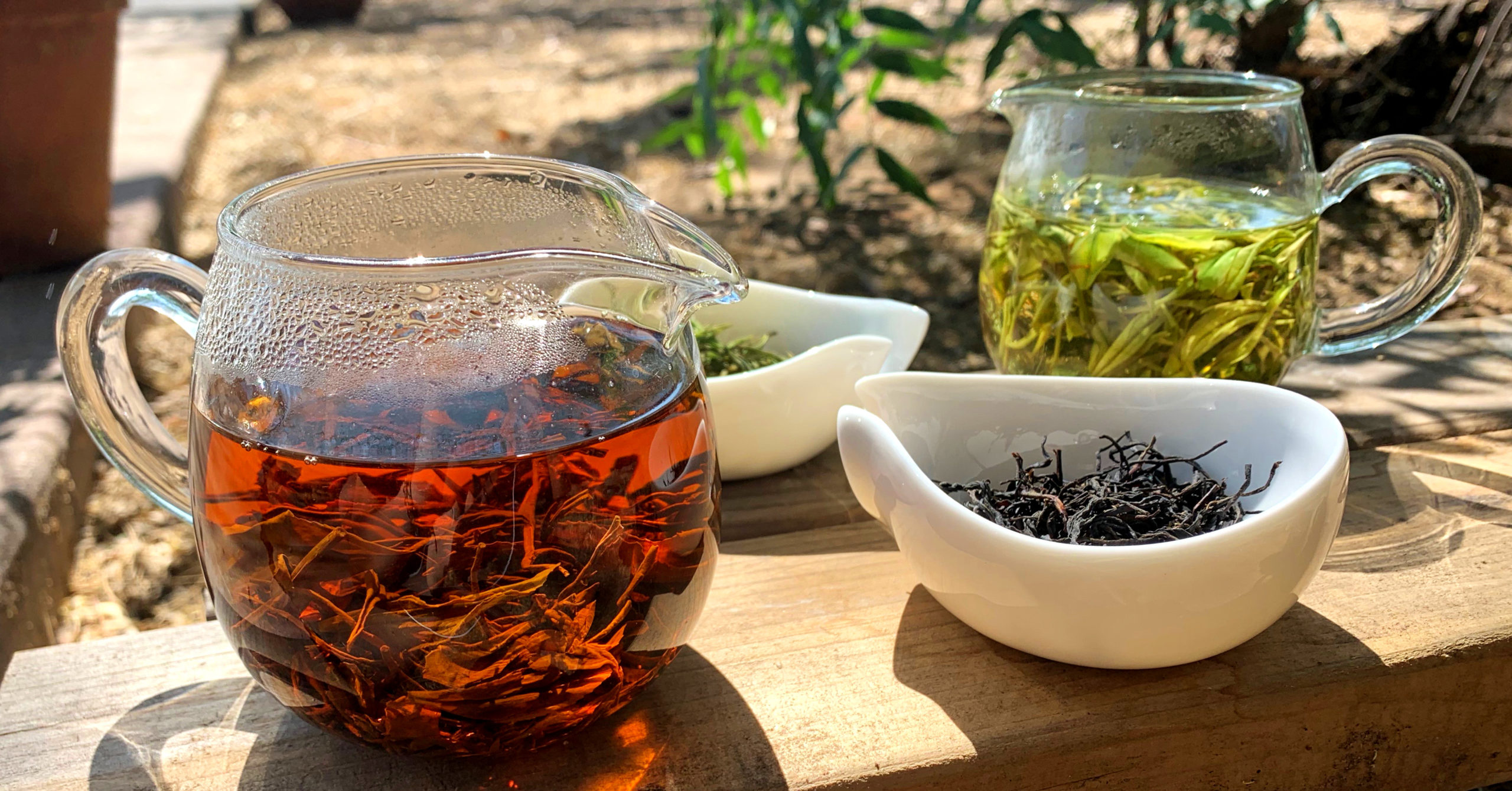Newsletter Archive May 26, 2021

When plant scientists came to a remote family farm to collect leaf cuttings from good tea bushes, the Gui family knew exactly where to take them. Perched on the narrow hillside of their land was a tea bush, unusually old, maybe hundreds of years old, that grew strange pale leaves in the early spring. Every year, the Gui family plucked those leaves and made a special batch of tea they shared with their village.
You and I are pretty lucky the Gui family decided to share these tea bushes with those botanists too.
That was the early 1980s, in Hengkengwu, a small hillside village in China, part of an obscure rural county called Anji.
Since then, the cuttings taken from the Gui family’s bush have put Anji County at the vanguard of China’s tea industry. Their dreamy pale leaf variety, now known as Baiye #1, is the foundation of Anji Baicha green tea. A tea both delicate and full, floral and fruit-like — a flavor that manages to be even more captivating and surprising than the look of its pale jade leaves.
Over the last decade, Anji tea makers learned and refined their black tea making skills too. The result is Anji Hong, a tea that brings black tea’s malty aromas into play with Baiye #1’s amino acid richness, invoking comparisons with sweet smells like molasses, beeswax and strawberry jam.

Last year we sold Anji Hong as an experimental micro-lot. When it sold out in one weekend, we scrambled to restock. When that restock sold out again after two weeks and many customers asked for more, we took your hint and brought it in as part of our regular catalog this year.
We love it when you reach out to tell us what teas you’ve enjoyed and what you’re excited to taste more of. As this year’s tea continues to roll in, please send us your thoughts and tasting notes. If a tea excites you, let us know. Year-to-year changes and exploration are part of what makes tea so fun. We want to be on that journey with you.

